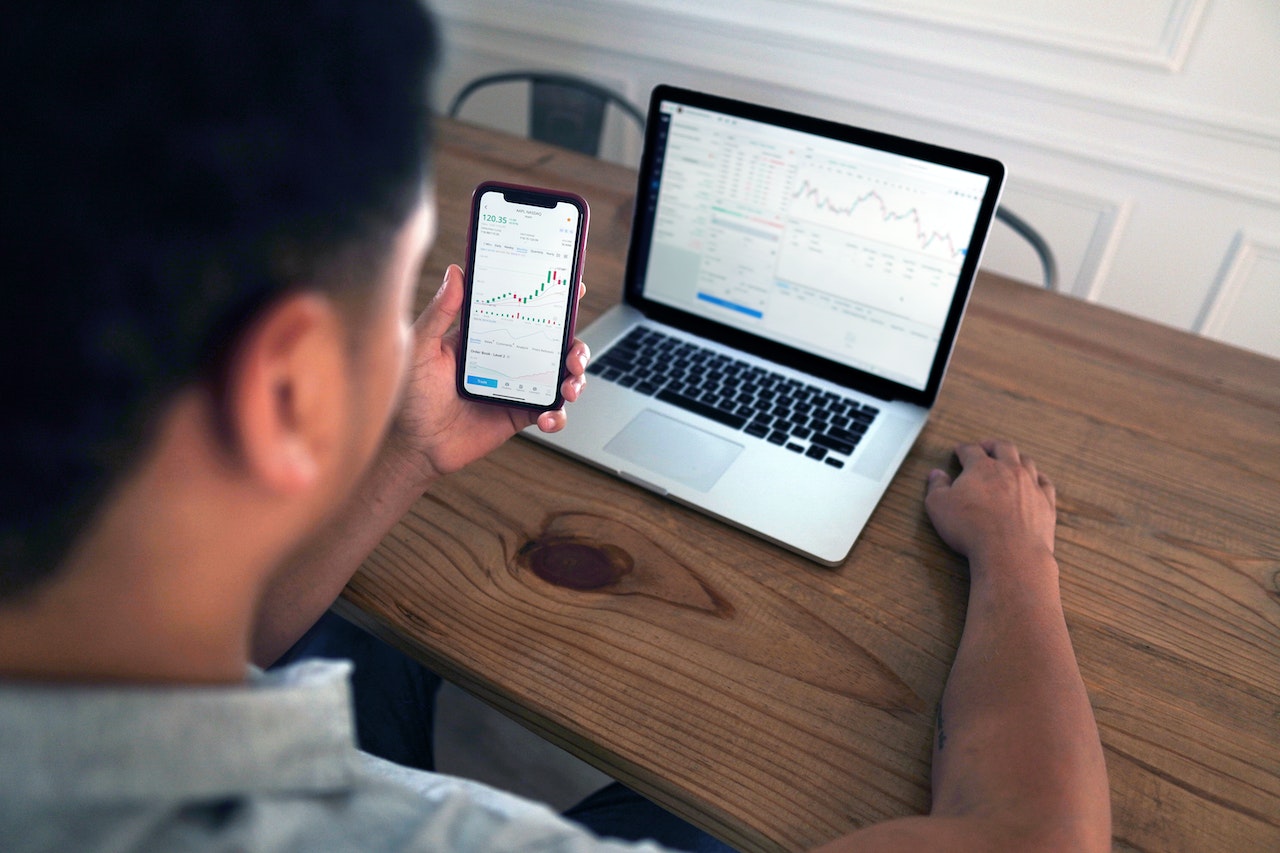Day trading can take up a lot of your time and attention. When you’ve got to balance the demands of a full-time job and other commitments with the work that you need to put into day trading, you may struggle to reach your goals.
Despite a trading strategy’s seeming simplicity, it might be challenging to put into practice in real-world market situations. Nothing exactly resembles what it did in the textbook examples; every day, pattern, and pullback is a little bit different.
Practice a trading technique a lot if you want to become competent at using it. Sell it until you regularly see a profit from it in a practice account.
Even if you already have the appropriate attitude, you still need a strong understanding of the markets to comprehend why certain price movements or market responses occur. The ideal course of action would be to keep studying until you find the tools that are most suitable for your needs and trading style, even if there are many trading principles that are worthwhile to master.
Setting yourself up with access to everything that you need will simplify the logistics of researching entry points, placing orders, and taking profits. Here are a few simple day trading strategies that can help you stay on top of your managed trades from start to finish when working full-time.

1. Trade After Hours
Day trading in the daytime won’t work for a lot of people. However, pre-market and after-hours volatility can be rife with potential pitfalls. Watch two and five-minute charts closely and subscribe to order book information so you can verify that the activity that you are seeing seems on the level.
If you plan to day trade, you either work a 9 to 5 job or full-time. That refers to active trading, which involves making repeated purchases and sales during the course of a single day and closing out all open positions. Day trading should ideally take place in the early morning before work or in the late afternoon after work.
Since there are typically always some busy currency markets, Forex traders might even squeeze in a few hours of day trading in the evenings. Just make sure you can concentrate after an 8-hour workday.
If you want to avoid the premarket and after-hours drama altogether, consider entering in your orders to stay in effect until cancellation but fill only during regular trading hours. Also, consider the advantages of making cryptocurrencies a more prominent part of your technical trading. You won’t be limited to traditional hours and you’ll be able to trade BTC USDT anytime.

2. Use the Right Trading Platform
For trading equities and ETFs, steer away from the trading platforms that try to appeal to the masses with simple design layouts but lack charting and informational features.
You’d like to be able to consult a limited number of sources in order to take care of routine due diligence on financial performance and trading activity. If you are a day trader (or want to become one), you probably already know what you are looking for in a brokerage and online trading platform: affordable rates, first-rate research, cutting-edge strategy tools, and a robust trading environment.
Momentary trading utilizes numerous techniques and devices to bring in cash. The catch is that you really want to teach yourself the best way to apply the instruments to make progress. As you get more familiar with transient exchanging, you’ll wind up attracted to some trading techniques prior to choosing the right blend for your specific inclinations and hazard hunger.
The objective of any exchanging procedure is to keep misfortunes at least and benefits at a most extreme, and this is the same for momentary exchanging.
3. Stick to Your Standby Plays
A lot of the very best technical traders don’t look for a dozen different types of setups when they are using screeners or keeping tabs on price changes. Instead, they find two or three models that they are able to successfully apply on a consistent basis.
Focusing on a few primary chart patterns and key indicators makes your opportunities easier to identify, and it spares you from keeping track of a ton of analytical frameworks at once. When you stay attuned to the chart setups that are perfectly positioned for your go-to trades, they’ll seem super easy to spot.

4. Paper Trade New Strategies
Of course, finding the best trading strategies that work best for you as a trader individually is likely to involve some trial and error.
When you are trying new trading techniques to change the structure of your portfolio or options coverage, consider trying paper trades before making sizable investments to a chart unfamiliar terrain. You’ll be likely to be extra tense about trades that involve more risk or volatility, and you’ve got to be reasonable about limiting the time and attention that you put into trading strategies that you haven’t seen proven results with yet.
Don’t let a busy schedule hold you back from the trading goals that you want to pursue. At the same time, don’t let being busy rush any element of your process or infuse it with unnecessary stress. Staying organized will help you direct your energy into trading positively.
Trading profitably requires ongoing effort. A profitable trade is merely a condition that is made possible by thoughtful and intentional actions and decisions. It is not a goal.
A trader will leave the lucrative condition as soon as they cease taking those planned and trained activities. These gaps can be minimised by having someone to keep you on track. Avoiding other people’s perspectives on certain deals will also help.
Every day you trade, stay concentrated; if not, don’t trade that day. A trader may build a successful trading firm by comprehending the value of each of these trading principles and how they interact. Day trading is a difficult job, and those who have the focus and persistence to adhere to these standards will succeed.

I am Adeyemi Adetilewa, an SEO Specialist helping online businesses grow through content creation and proven SEO strategies. Proficient in WordPress CMS, Technical Site Audits, Search Engine Optimization, Keyword Research, and Technical Writing (Portfolio).
I help brands share unique and impactful stories through the use of public relations, advertising, and online marketing. My work has been featured in the Huffington Post, Thrive Global, Addicted2Success, Hackernoon, The Good Men Project, and other publications.


